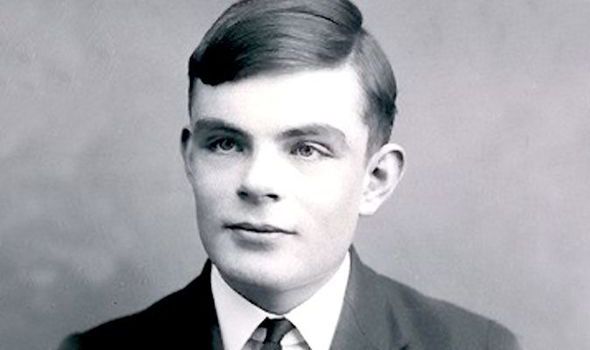Alan Turing Biography: Alan Turing was a man before his time. This brilliant English code-breaker helped turn the tide of a major World War II battle, and was arguably one of the fathers of the entire field of computer science. He was a Renaissance man who studied and made contributions to the philosophical study of the nature of intelligence, biology and to physics. His biography reveals that he was also the victim of anti-homosexual attitudes and laws, losing his security clearance and resorting to suicide two years later.
A short Biography on world Famous Scientists and Their Inventions.

Alan Turing Biography, Inventions, Education, Awards and Facts
Born right before the start of World War I, and parked in England by his Indian civil service parents, Turing studied quantum mechanics, a very new field, probability, and logic theory at King’s College, Cambridge, and was elected a Fellow. His paper-based theoretical model for the Turing Machine, an automatic computational design, proof of the theorem that automatic computation cannot solve all mathematical problems is called the Taring Machine, and contributed significantly to the computational theory. He continued his studies at Princeton in algebra and number theory.
In the years leading up to open hostilities in World War II, he was secretly working in government crypto-analysis. When England entered the war, he took on the full-time task of deconstructing the operation of the German Enigma machine. This cipher generator of immense complexity allowed the Germans to create apparently unbreakable codes.
Turing embraced this cryptography challenge, creating a decryption machine specifically aimed at Enigma, named the Bombe. Enigma’s unraveling was a several year process that achieved success in 1942. Information gleaned from decoded German messages permitted the Allies to anticipate U-Boat deployment, thereby winning the battle of the Atlantic.
In cooperative US/UK cryptographic efforts in the latter years of the war, Turing was lead consultant. At war’s end, he joined the National Physical Laboratory to try to invent a digital computer, or thinking machine. To that end, he studied neural nets and tried to define artificial intelligence. Disappointed by the reception his ideas received at the NPL, he moved to Manchester University, in England’s gritty industrial region. His department unveiled the first practical mathematical computer in 1949.
One triumph followed another. In 1950, hedeveloped Turing Test for machine intelligence assessment: In brief, if an observer cannot tell whether they are interacting with human or machine, the machine is intelligent.
As always a polymath, he also did work on non-linear growth in biological systems, and physics, that promised to bear fruit.
However, a bio of Alan Turing is not complete without addressing the facts of his personal life. According to 1952 legal charges, he became involved with what was termed ‘a bit of rough trade’. In other words, he had a short term sexual liaison with a laborer who was down on his luck financially.
The scandal of this British national intellectual treasure, a Fellow of the Royal Society, innovator in a whole new discipline of study, and the savior of the navy, being revealed as a homosexual, was immense. The humiliating trial ruined his career and his life. He was stripped of his security clearance, because at that time it was believed that a homosexual was vulnerable to blackmail and enemy subversion.
This punishment effectively cut off from the work that he had pioneered. He poisoned himself in 1954, leaving behind much intriguing unfinished work in physics and biology.